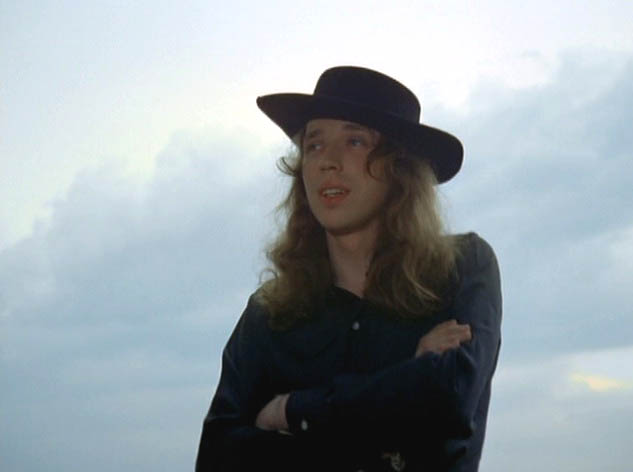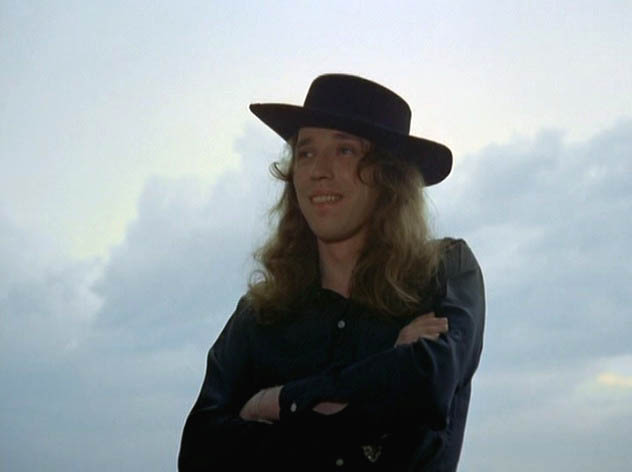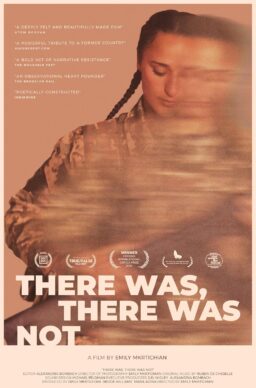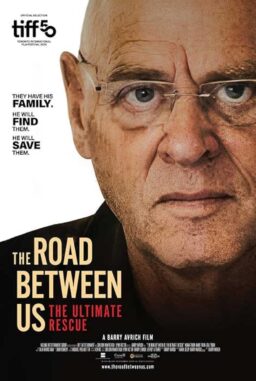
Dieters at the beginning of the shot.

Dieters at the end of the shot.
From Scott Gowans, Web Manager, WOSU Public Media, Columbus, OH:
I had been reviewing films for four or so years before I decided to take some film courses at Ohio State. One intensive, joyful seminar was the work of Rainer Werner Fassbinder, whose films had just been re-mastered and were showing in pristine condition at the Wexner Center on campus. His work is both frustrating, fascinating, illuminating, and always puts me on edge. For anyone who doesn’t get him or his work, I understand, and I’m also sorry. He’s hard to watch and abstruse, but when you get it, nothing looks the same anymore. My professor hates the way society attached the term ‘genius’ to anybody who shows above-average intelligence, but he had no problem with putting Fassbinder in the same class as Goethe and Shakespeare.
One opening shot sticks with me, though I could site others. The first shot in “Beware of a Holy Whore” has the camera at waist-level looking slightly upwards at Deiters (played by avant-garde filmmaker Werner Schroeter), who has brown hair spilling over his shoulders, and is dressed in a black cowboy suit. Behind him is sky. Deiters, whose role in the film is an odd photographer, delivers a soliloquy about Goofy (the cartoon character) in drag, who teaches kindergarten, gets beaten up by his students, meets Wee Willy, a gangster who is “the size of a 3-year-old,” takes the crook home, and feeds him. Though the police arrest Wee Willy, Goofy refuses to accept that his new friend is less than perfect.

Final shot: “He has rediscovered something that has been forgotten. Time.”

Final shot: “I guess I won’t be content until I know he’s been completely destroyed.”
The camera never moves during this speech, and there’s not a shred of plot to it. In fact, this character barely makes an impression through the rest of the film.
This whole bit could seem like a lark — in which Fassbinder allowed his friend Schroeter, whose work Fassbinder admired, a few minutes of screen time to tell a story — except for the fact that all of Fassbinder’s recurring themes are present. Friends and lovers in the film go and go as though everyone is acting, which, since they are making a film within the film, they are. Characters step in and out of sexual identities as quickly as Deiters’ characters do. Relationships come and go, bringing with them unwanted entanglements, and taking with them individuals’ sense of identity. In one sense, the characters lounging around the film set are all cartoon characters who suffer abuse, then find someone else and rebound.
The speech is a performance bit, yet another constant reminder from the Brecht-disciple that all acting and moviemaking are all artificial representations of life, though they are every bit as important as reality. In one sense, this is Fassbinder’s mirror film, where he shows us a film set and lets us see the folly behind the method. In another sense, he plays with the roles such that what we expect to see and what we see never converge; another actor plays the person we expect to be Fassbinder, while Fassbinder plays someone else. Eddie Constantine and Hanna Schygulla play versions of themselves, but the audience has to question whether they are playing the film “straight” or as we expect them to be, or the director’s version.
What makes the scene particularly interesting –- and unsettling –- is that there’s a mechanical noise, like a car running, under the whole speech. It is too loud to be unintentional, but we never see nor are we told what it might be. It is as though Fassbinder is cueing the audience in that what you see and what you hear are not necessarily in synch, that there’s always something just out of our comprehension in every single image and piece of dialogue.
JE: Inspired choice, Scott. There’s scarcely any movement in the shot at all. As you say, Schroeter hardly moves, and the camera is stationary. But there’s something going on here. That grating, whirring sound (how characteristically Fassbinder to provoke and irritate the audience from the beginning) may be the amplified sound of film going through a camera. At any rate, because of the sound, and the lack of movement, you do become intensely aware that this is, as you note, a performance taking place in front of a camera — in a film about filmmaking, where the actors are often arranged flatly across the frame, as though in a proscenium, before a stationary camera — as in the famous final shot (a zoom; no camera move), which dissolves into the quote from Thomas Mann: “And I say to you that often I am weary to death of depicting human nature without partaking in human nature.” A devastating statement for an artist to make, but not an uncommon sensation — particularly for a filmmaker as concerned with artifice and melodrama as Fassbinder.
(Now I want to sit down and watch a triple bill of Godard’s “Contempt,” Fassbinder’s “Beware of a Holy Whore,” and Wim Wenders’ “The State of Things”…)










